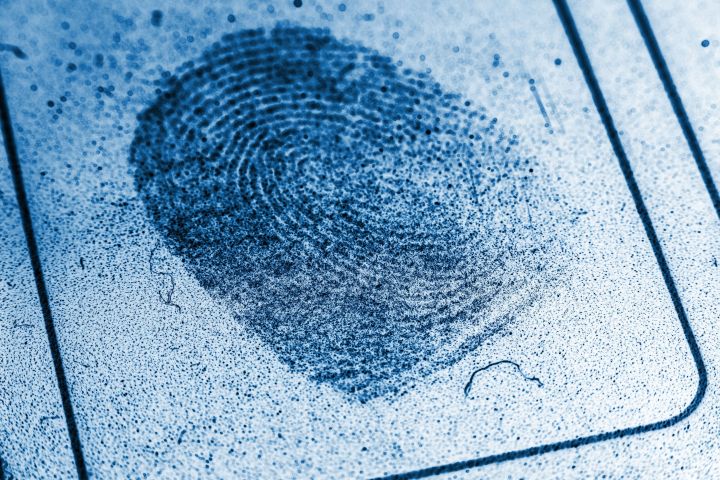
An image of the victim’s fingerprints was made available to the researchers by the police, but unfortunately there wasn’t enough detail to unlock the device. An image enhancement algorithm was used to fill in any broken lines present in the image, according to a report from The Verge.
The image was then printed onto conductive paper, at which point it was used successfully to unlock the Samsung Galaxy S6 belonging to the victim. There was no passcode set up on the phone, so the research team were able to try alternate methods without the threat of being locked out.
Smartphones read fingerprints by forming small electrical circuits with the ridges of your fingerprint, which prompted the use of conductive paper. This detail also forced the team to utilize a $600,000 machine to coat the ultimately unused 3D-printed reconstruction with conductive metal.
Michigan State University professor Anil Jain lead the team of researchers, and he has some concerns about the level of security offered by a fingerprint scanner. In February, Jain co-authored a report that suggested that all it takes to spoof this kind of protection is a high-quality image of the fingerprint, an inkjet printer and some conductive paper.
“Hopefully the phone companies are watching this and they will make fingerprint devices more robust against such simple attacks,” said Jain when he was interviewed by NPR. Given the widespread use fingerprint recognition as a security measure, it’s definitely worrisome to see how easily it can be sidestepped.


